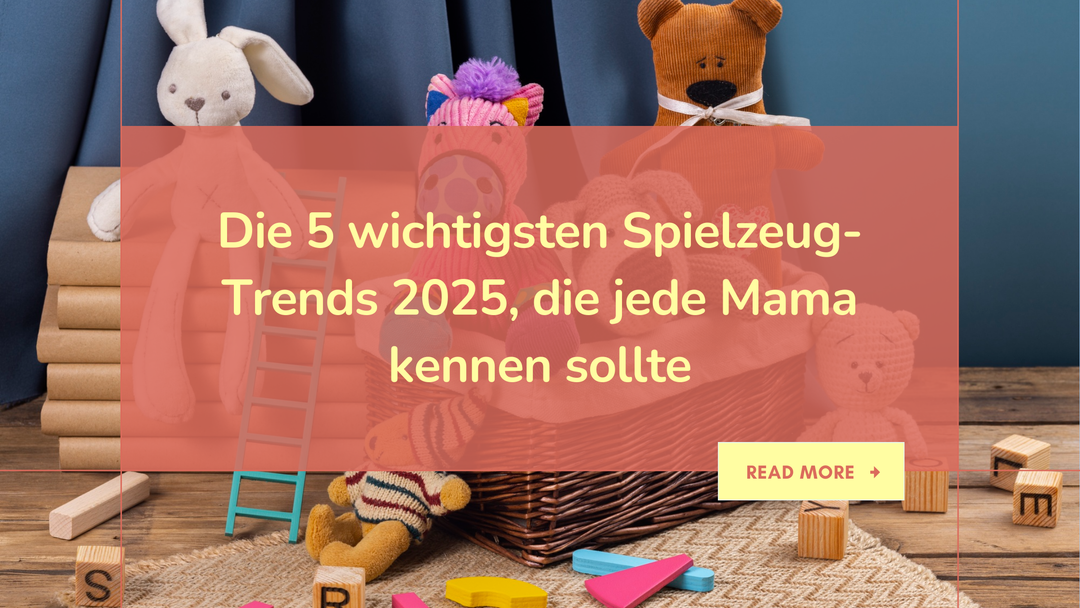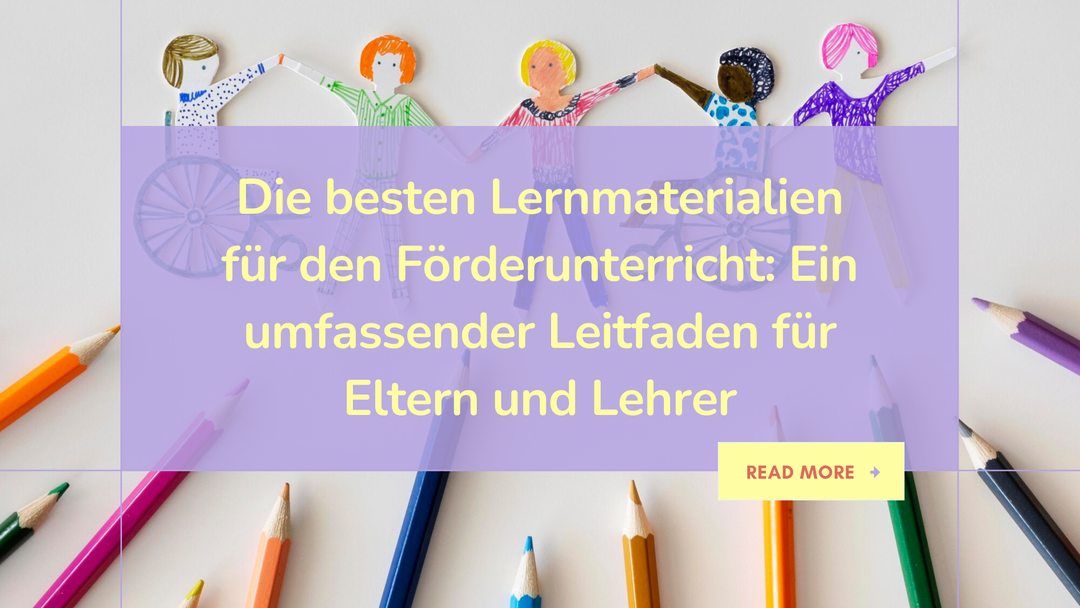The 10 Best Learning Strategies for Your Child - Part 1 Review
With good learning strategies, the vocabulary or the poem sit twice as quickly. Complicated processes and relationships are much easier to internalize and what has been learned is consolidated. Depending on the type of learner and the task, a different learning strategy or a mix of different methods makes sense.
There are basically three types of learning strategies:
- Repeat
- Organize
- Elaborate (deepen)
Repeat: This is a quick and easy way to memorize
Repetition is about permanently anchoring content such as poems or vocabulary in long-term memory. In addition, repetition is ideally suited for the first acquisition of knowledge, i.e. whenever a new topic is to be explored. This is how it works particularly well:
- Flashcards: wonderfully suitable for memorizing vocabulary, technical terms or data. On the one hand there is the question or the German word, on the other the solution or the word. When it comes to vocabulary, the 5-step principle is a successful approach. Every card that the student knew advances one level, up to the fifth level. If the word is forgotten on the way there, it moves back to level 1.
- Learning memory: Memory cards are tinkered with questions and solutions. The child learns while creating the game and can answer the questions in both directions after learning.
- Learn poems in stages: Divide a longer poem into stages before studying. These are read and repeated freely until the section is in place. Then it's the turn of the next stage. If this is also in place, both stages are joined together.
- Mnemonics: When it comes to learning terms not only by heart, but also in the correct order, mnemonics help. For example, it is known: "Every Sunday my father explains our neighboring planets to me" for the order of the planets.
Who is repetition for?
Repetition is a method that practically everyone uses to learn well. Some things, like poetry, cannot be learned any other way. If your child finds flash cards too boring, then play with the possibilities. Have your child distribute the cards with the words that are particularly difficult to fit around the apartment, for example on the bathroom mirror, on the cupboard door or on the refrigerator. This means that you will automatically look at it again and again throughout the day.
Click here for Part 2: Learning Strategies for Organizing








Leave a comment